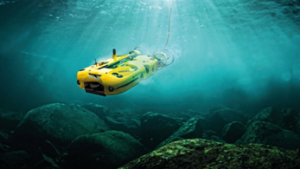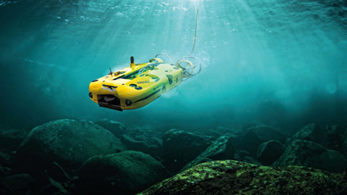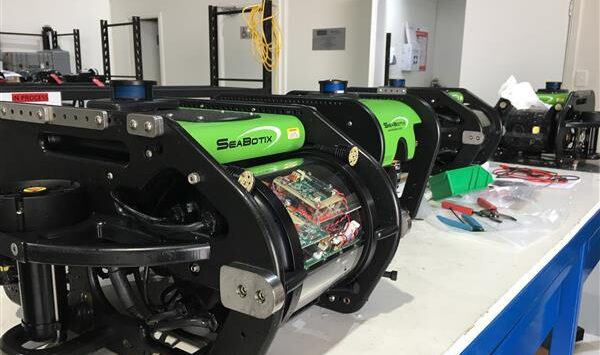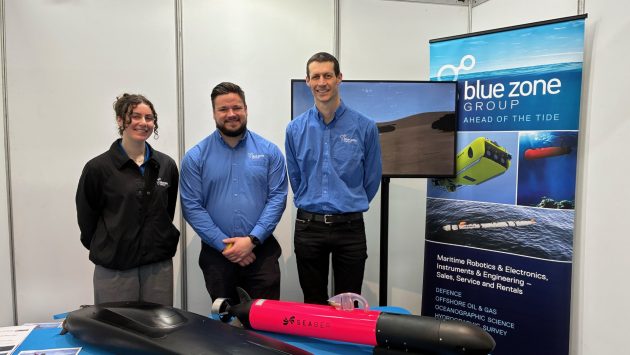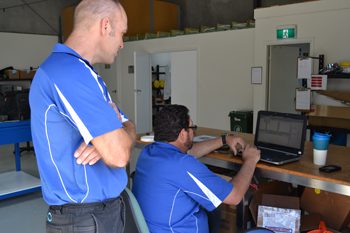Modern Mine Countermeasures
The need for remote and autonomous systems and why these systems are important for MCM operations.
Mine Countermeasures (MCM) are an important element of naval mine warfare worldwide. Effective MCM involves classification, verification and neutralisation of mines through modern technology. MCM operational functions are managed through a combination of resources such as minehunting, minesweeping, defensive minelaying and clearance diving.
Modernised state-of-the-art systems are designed to be seamlessly integrated with on-board and off-board sensors. These systems include a broad spectrum of uncrewed Robotic and Autonomous Systems (RAS) ranging from remotely operated surface vessels to autonomous underwater vehicles. Extensive use of automated platforms and combat management technology maximises the naval crew efficiency.
The Australian maritime environment is the world’s third largest marine jurisdiction, covering almost 14 million square kilometres. This jurisdiction stretches from southern Antarctic waters to the northern tropics through to the eastern Pacific and western Indian oceans. These unique environments are home to various significant environmental ecosystems and are essential to the economic activity within Australia. The safety of Australia’s oceans is heavily dependent on strategic choke points remaining open and sea lanes being kept clear and undisrupted by mines. Sea mines include a combination of legacy mines from the World Wars and modern digital mines, are designed with a very low target strength, making them difficult to detect.
To date, the Royal Australian Navy (RAN) employs several mine warfare forces capable of deployment as required to support Australia’s strategic interests and objectives. These forces include:
- Mine Warfare and Clearance diving (MCD) task group,
- Huon Class Coastal Minehunters (MHC),
- Minesweepers,
- Clearance Diving Teams (CDT),
- Naval Reserve Diving Teams,
- Maritime Geospatial Deployable Support Team (MGDST), and
- Naval Reserve Mine Warfare Groups.
Each of these MCM ships and units require a radical transition: from traditional mine hunting to the use of RAS platforms. The advancement of RAS has been the catalyst to “keep the person out of the minefield”. The development of sovereign capability underpins the long-term security and prosperity of Australia and the surrounding regions. The use of RAS increases the Australian industry capability and capacity, whilst supporting small businesses through the delivery and sustainment of leading-edge technology.
BlueZone Group is an Australian owned SME with over 20 years’ experience in equipment sales, specialist engineering skill and experience in Defence for Robotic and Autonomous Systems (RAS). This capability combined with a successful track record in completing major projects has earnt BlueZone an enviable reputation in the Defence sector. BlueZone’s knowledge and experience actively supports Australian Defence to enhance, sustain and service RAS platforms. Collaboration with world leading manufacturers contributes to the strength, sustainment and security of the Australian defence industry.
Read More:
BlueZone Group’s Defence Capabilities & Experience
Multi-shot Mine Neutralisation
Double Eagle for Australian MCM Conditions
Remote MCM – Search, Detection and Classification
